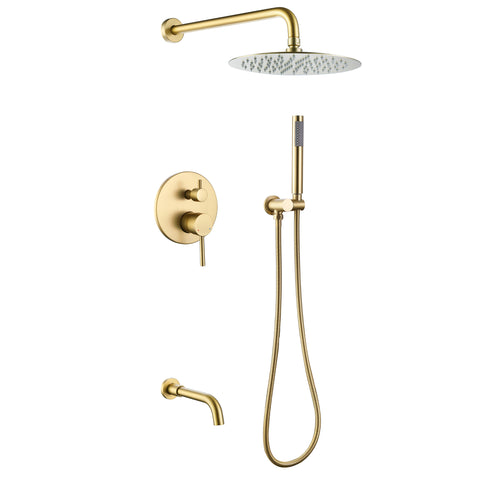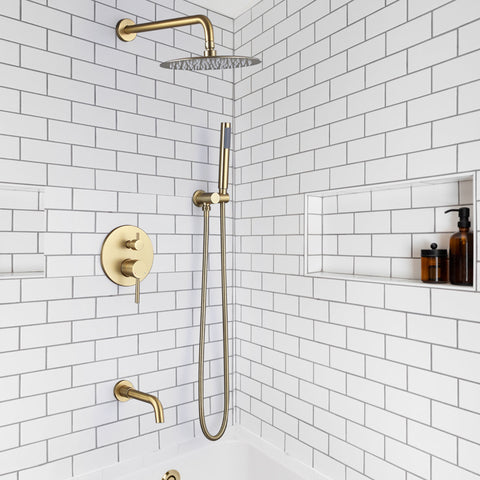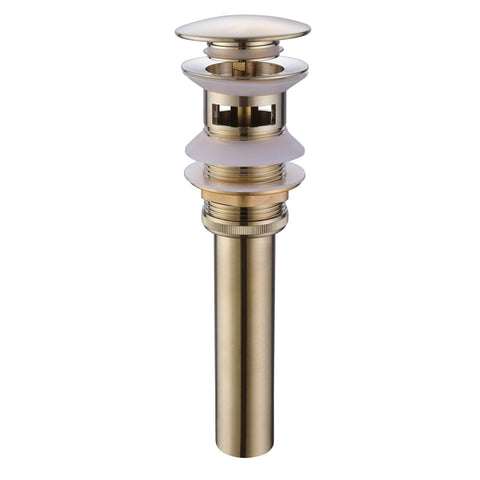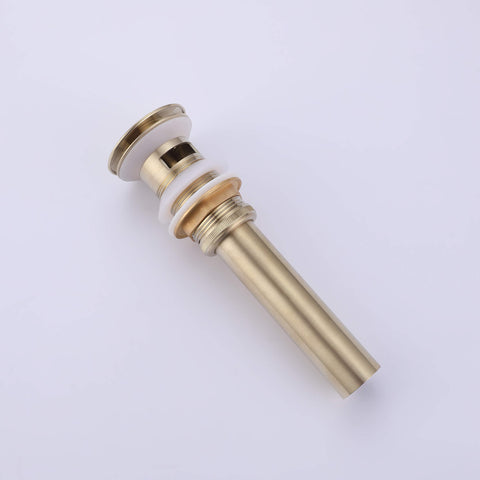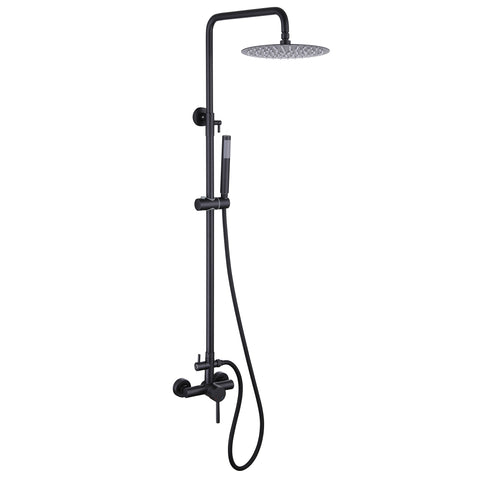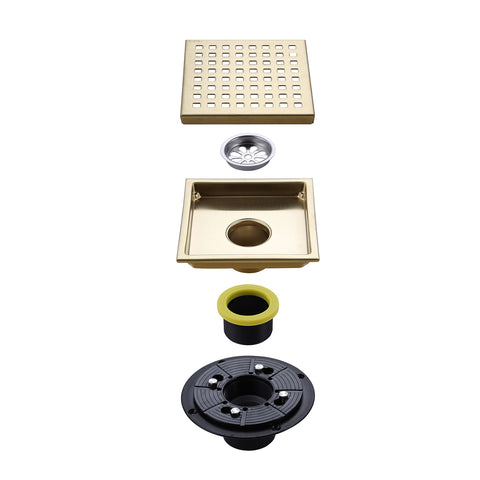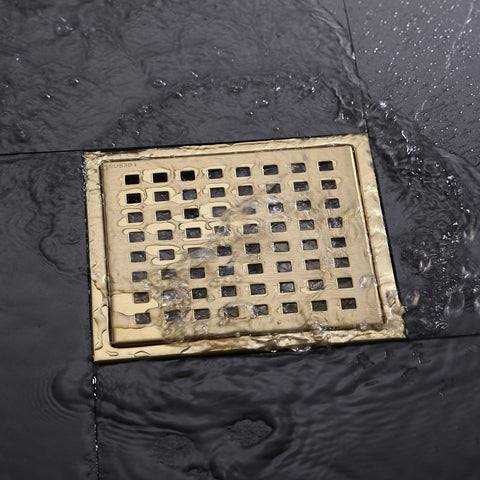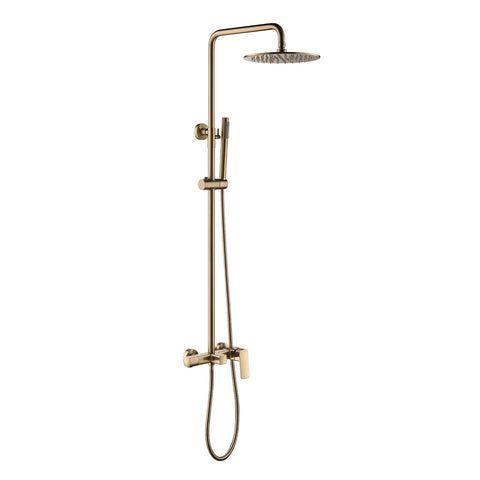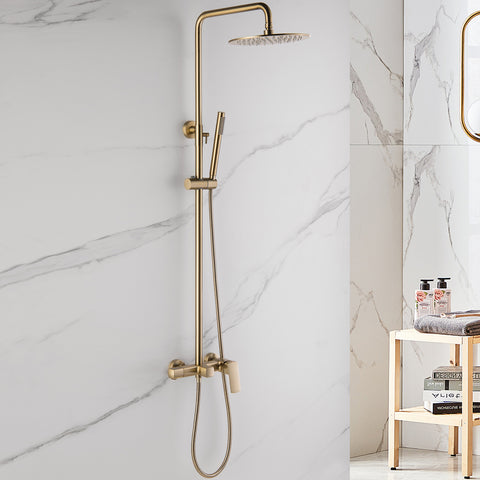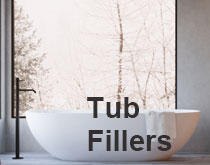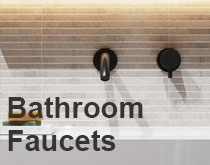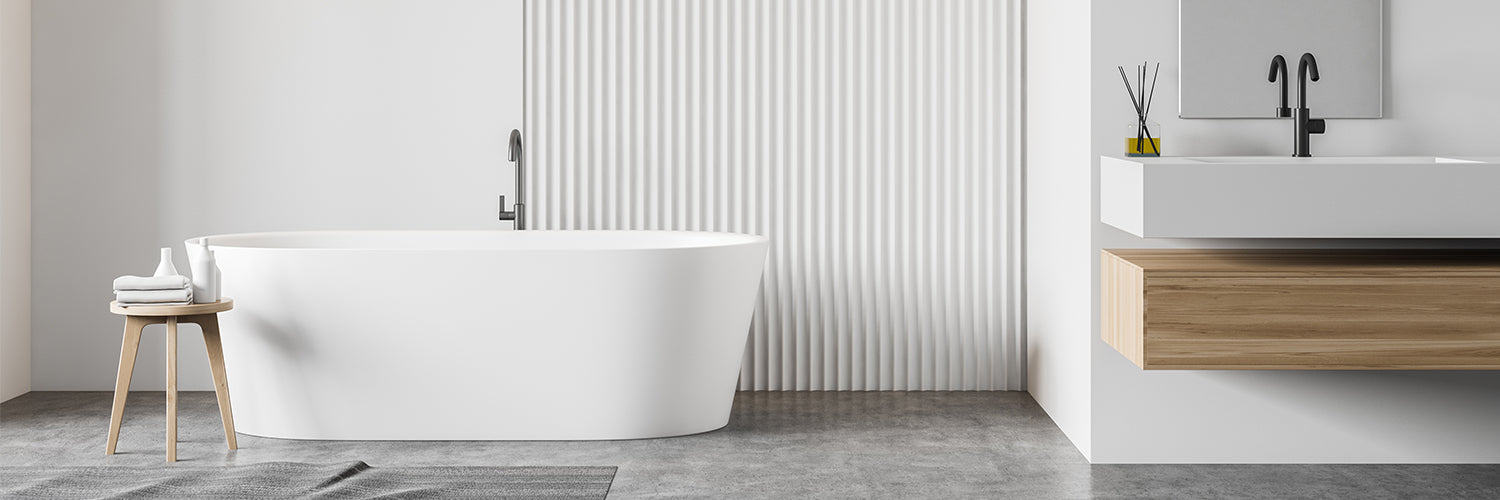Transform Your Tub: The Ultimate Bathtub Refinishing Tutorial
Bathtub refinishing, also known as bathtub reglazing or resurfacing, is a cost-effective and environmentally friendly way to give an old, worn-out bathtub a fresh, new look without the need for a full replacement. This process can breathe new life into your bathroom, enhancing its appearance and increasing your home's value. In this blog, we will delve into the benefits, process, and considerations of bathtub refinishing, providing you with a comprehensive guide to understand if it's the right choice for your home.
Understanding Bathtub Refinishing
Bathtub refinishing is a process that involves repairing and refreshing the surface of an old bathtub to make it look and feel new. This method is popular for its cost-effectiveness and sustainability, as it avoids the need to discard old tubs into landfills.
Benefits of Bathtub Refinishing
- Cost Efficiency: Refinishing a bathtub can be significantly less expensive than replacing it. The cost of a new bathtub is just the beginning; removal, disposal, and installation fees can add up quickly. Refinishing eliminates many of these extra expenses.
- Time-Saving: A typical refinishing project can be completed in just one day, unlike bathtub replacement, which may involve several days of work including demolition, plumbing adjustments, and installation.
- Versatility: Bathtub refinishing can be performed on various types of bathtubs, including acrylic, porcelain, and fiberglass, among others. It also allows for color changes to fit new decor.
- Eco-Friendliness: By refurbishing an existing tub, you're contributing to waste reduction. This process prevents the tub from ending up in a landfill, making it an environmentally responsible choice.
The Refinishing Process
The refinishing process involves several key steps:
- Cleaning and Repairs: The tub is thoroughly cleaned to remove soap scum, mineral deposits, and body oils. Any cracks, chips, or other damage are repaired at this stage.
- Surface Preparation: The surface is then sanded to ensure that the new coating adheres properly. All fixtures are either removed or protected to prevent damage.
- Primer Application: A special bonding agent is applied to the bathtub's surface to ensure that the new finish will adhere well.
- New Finish Application: Several layers of refinishing coating are applied. This coating is typically a durable acrylic or urethane.
- Sealing: The final step involves sealing the surface to protect the new finish and ensure its longevity.
Considerations and Maintenance
While bathtub refinishing is a fantastic way to update your bathroom, there are a few considerations:
- Durability: A refinished bathtub can last many years with proper care, but it may not be as durable as a brand-new tub. Avoid using abrasive cleaners which can damage the surface.
- Ventilation: The chemicals used in the refinishing process can be potent, so adequate ventilation is necessary during the job.
- Professional vs. DIY: While DIY kits are available, a professional refinishing job usually offers better durability and finish quality. The expertise of a professional can also address any underlying issues that might not be apparent to a DIYer.
In conclusion, bathtub refinishing is an excellent option for those looking to refresh their bathroom without the cost and hassle of a complete renovation. It offers a sustainable, cost-effective, and time-saving alternative to bathtub replacement. By understanding the process, benefits, and considerations, homeowners can make an informed decision about whether refinishing is the right choice for their needs.
